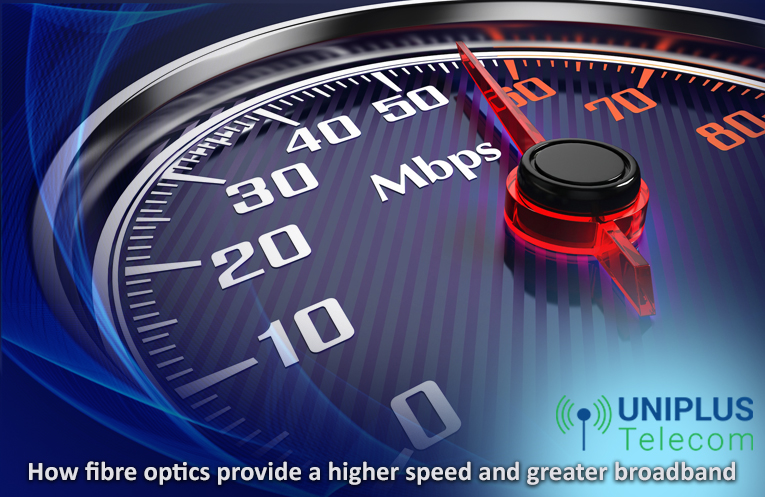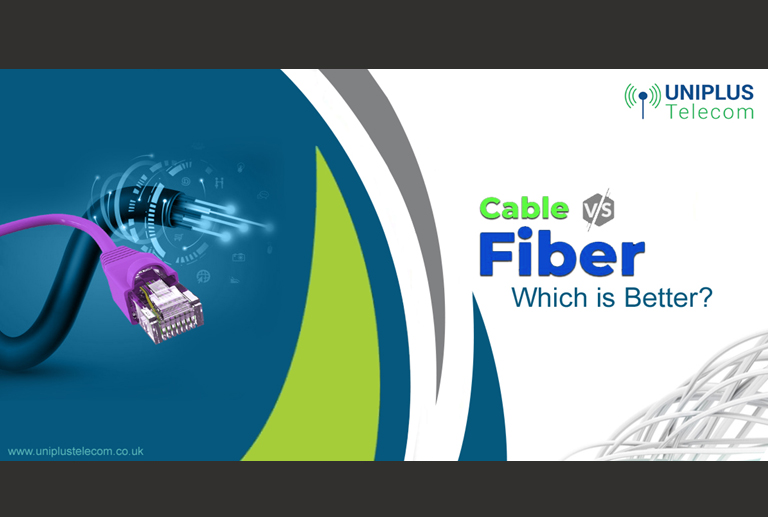Fibre optic technology makes use of the vibration of light to send data along strands of plastic or glass. As a result, it can deliver a top-notch speed of up to 100 Mbps. There is a difference between Mbps and MBps, though. When it comes to the speed of fibre broadband, it is not just about normal speed; it is also about capacity or throughput. That is to say, it is about the data that it is capable of transferring in unit time. As far as transferring the data in unit time is concerned, fibre optics is definitely the leader, especially when compared to the traditional broadband, as it has the ability to provide a higher throughput than copper wire even over longer distances. Here comes an important question – what gives fibre optics the technical edge over the traditional broadband involving copper wires? The answer is simple and obvious: while copper wires linked to traditional broadband use electrical currents to transmit the data between two sources, fibre optic technology makes use of the pulses of light resulting from a laser or light emitting diode along the path of optical fibres. Both the technologies cause changes in energy which eventually helps in encoding the data. Copper wires rely on the differences in the electromagnetic field, its intensity and phase of the wave. On the other hand, electronic information is transformed into pulses of light in case of fibre optics. When the next source receives a signal from the previous source, the light signals are converted into electronic information once again. The frequency range plays an important part in the determination of the throughput of the data. A higher frequency range of a cable is an indicator of greater bandwidth and the ability to transmit a greater chunk of data per unit time. This is precisely where fibre optics beat the traditional copper wires in terms of bandwidth. Also, unlike copper cables, fibre optic technology is less vulnerable to electromagnetic interference or noise. The higher speed plus a greater bandwidth make for a cogent reason why most businesses show a preference for a high quality fibre broadband connection over a traditional business broadband connection.

How Fibre Optics Provide a Higher Speed and Greater Broadband
- by : Rachel Green
- Category : High Quality Fibre Broadband,
27
Jul


